Sunscreen
Sunscreen is a topical formula that protects the skin from the harmful effects of UVA and UVB rays.
Sunscreen is arguably the most important product you can apply on your skin. It reduces your risk of developing skin cancer and protects skin from other harmful effects of UVA and UVB rays like sunburns. It also helps prevent signs of premature aging like dark spots, fine lines and wrinkles. This is why no matter your age, skin tone or geographical location, sunscreen belongs in your daily routine.
Types of Sunscreen
There are two main types of sunscreen: physical and chemical. Physical sunscreen, also known as mineral sunscreen, works by forming a protective layer on skin to block UV rays. Common physical blockers found in mineral sunscreens are zinc oxide and titanium dioxide. Chemical sunscreens contain active ingredients like avobenzone and oxybenzone that absorb UV light.
Both are effective at protecting skin from the sun, but there are several differences between the two. The texture of physical sunscreen is often denser, thicker and more opaque than chemical sunscreens, and it can leave a white cast that’s especially noticeable on darker complexions. Chemical sunscreens, however, have the potential of causing irritation on sensitive skin.
What SPF Means
SPF stands for sun protection factor and tells you how long your skin can be in direct sunlight without getting red or burned with a certain sunscreen on. For example, if you apply SPF 30 sunscreen, it will take 30 times longer for your skin to burn than if you weren’t wearing it at all. This measurement is specifically based on UVB rays, the type of sunlight that can burn the skin. It’s important to know that the sun also emits UVA rays, which can contribute to the acceleration of skin aging and the development of skin cancer. To protect your skin against both UVA and UVB rays, look for a broad-spectrum formula (meaning that it combats both UVA and UVB rays) with an SPF of 30 or higher.
When and How to Apply Sunscreen
Sunscreen should be applied every single day, even when it’s cloudy or raining, or when you’ll be spending the majority of your day indoors. This is because UV rays can penetrate through clouds and windows.
To get the most out of your sunscreen, it’s recommended to apply a full ounce (which is an equivalent to a shot glass) on your body and about a tablespoon on your face. Don’t forget about areas like the tops of your feet, the neck, ears and even your scalp if they’ll be unprotected from the sun.
Reapply every two hours when outdoors, or more frequently if you’ve been swimming or sweating.
How to Find the Right Sunscreen for You
If you have acne-prone skin:
Both physical and chemical sunscreens have the potential to clog pores if they contain comedogenic ingredients like certain oils. To avoid sunscreen-related breakouts, choose a formula that’s labeled as non-comedogenic. We like the SkinCeuticals Sheer Physical UV Defense SPF 50, which feels weightless and helps mattify skin. For more recommendations, check out our guide to the best sunscreens for acne-prone skin.
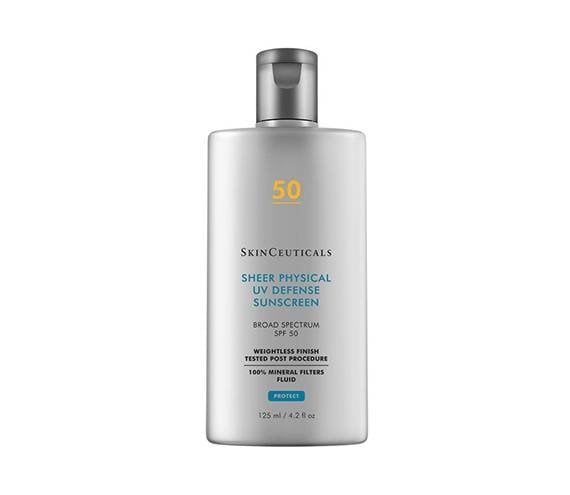
If you have dry skin:
Sunscreen is not known to be drying, but there are certain formulas that are infused with hydrating ingredients like hyaluronic acid that can be especially beneficial for dry skin types. Try the La Roche-Posay Anthelios Mineral SPF Moisturizer with Hyaluronic Acid.
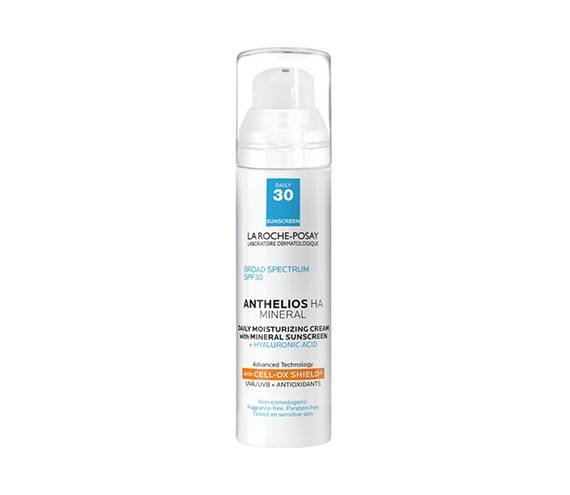
If you have mature skin:
Because mature skin is generally more delicate, dry and prone to fine lines and wrinkles, it should be a top priority to find a chemical or physical sunscreen that not only has a high SPF, but is also hydrating and antioxidant-rich. Try the Vichy LiftActiv Peptide-C Sunscreen SPF 30, which contains a blend of phyto peptides, vitamin C and mineral water to hydrate and improve the look of wrinkles and dark spots.
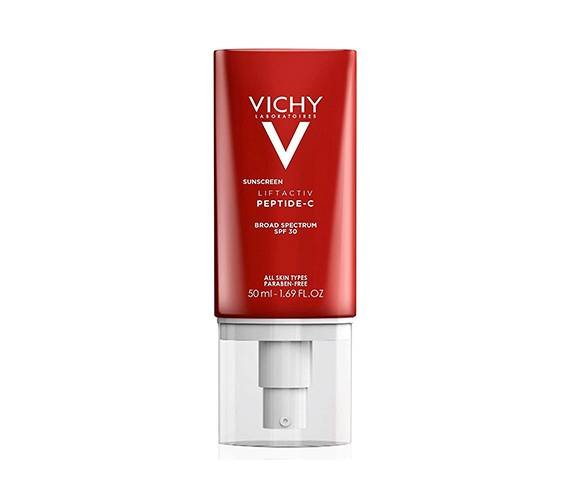
If you want to avoid a white cast:
Tinted formulas contain shade-adjusting pigments to help offset the white film that sunscreens can leave behind. An editor favorite is the CeraVe Sheer Tint Hydrating Sunscreen With SPF 30. For more info on how to minimize white cast, check out these expert tips.
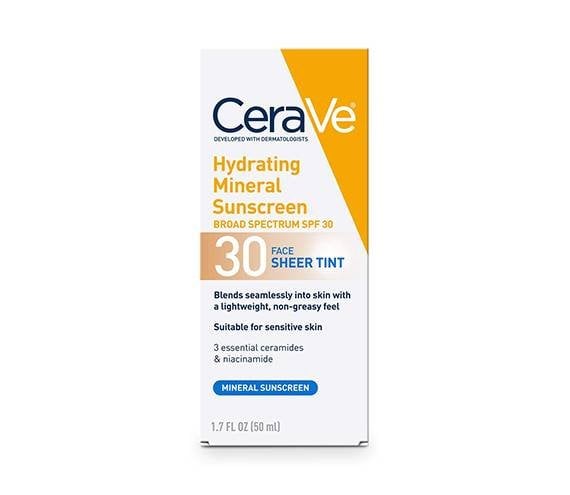
If you want to a sunscreen that doubles as a primer:
Thick sunscreen formulas can sometimes cause makeup to pill when applied on top, but there are plenty of options that provide sun protection and a smooth canvas for foundation. One such option is the Lancôme UV Expert Aquagel Sunscreen. It has a sheer, cream-to-gel finish that absorbs quickly.
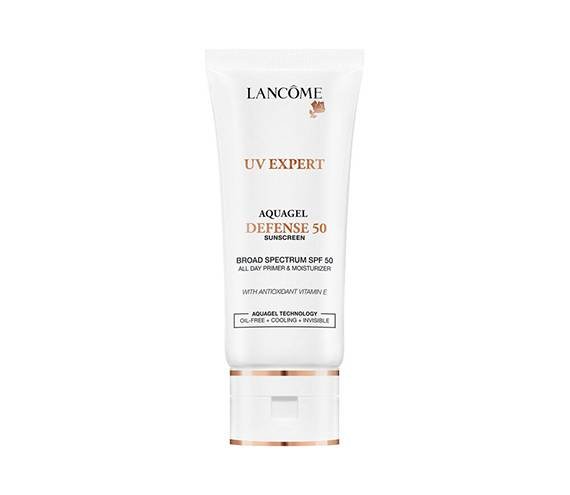




.jpg?cx=0.490000009536743&cy=0.540000021457672&cw=150&ch=120&blr=False&hash=0B0F55675A6B9FE3724F6E2EC9118A01)









.jpg?cx=0.490000009536743&cy=0.540000021457672&cw=150&ch=120&blr=False&hash=5E78490B76BBC8CC9D76D2EBDFF515E0)












